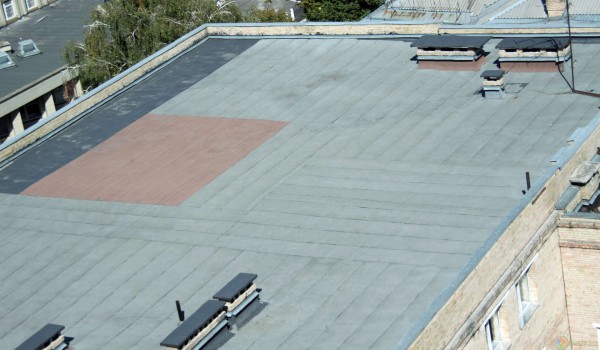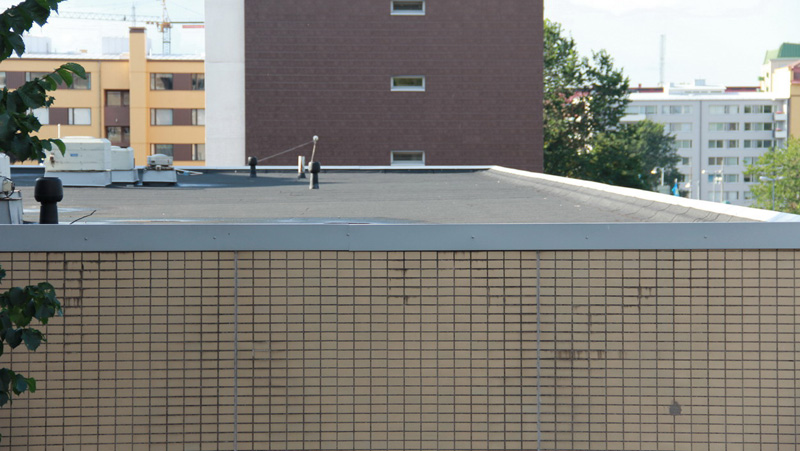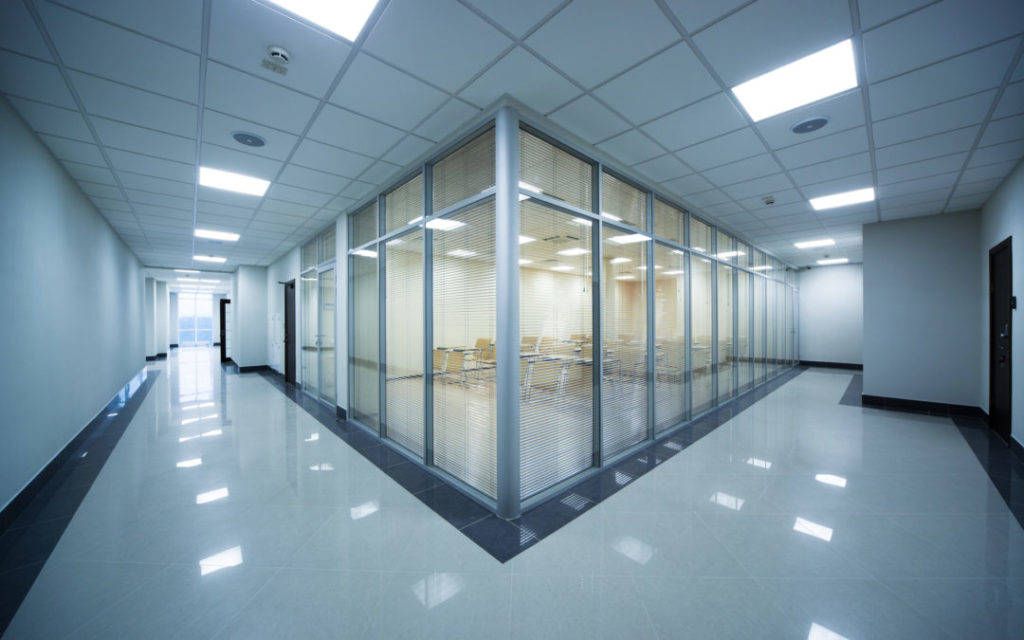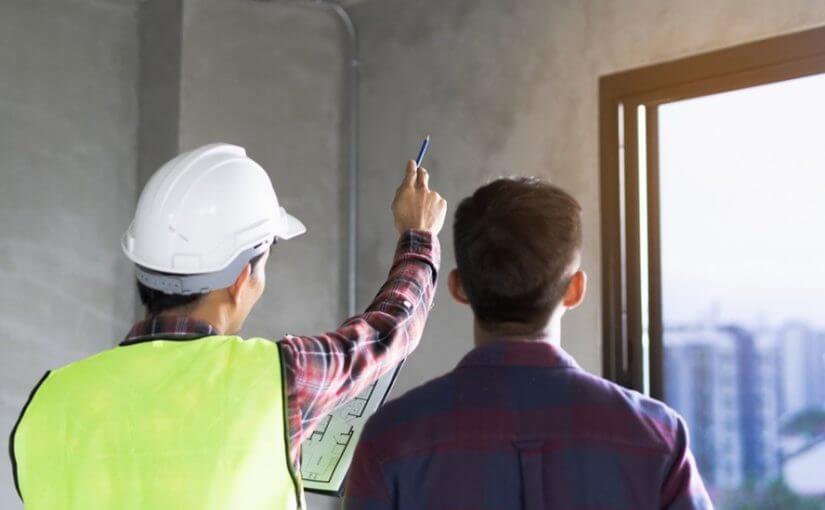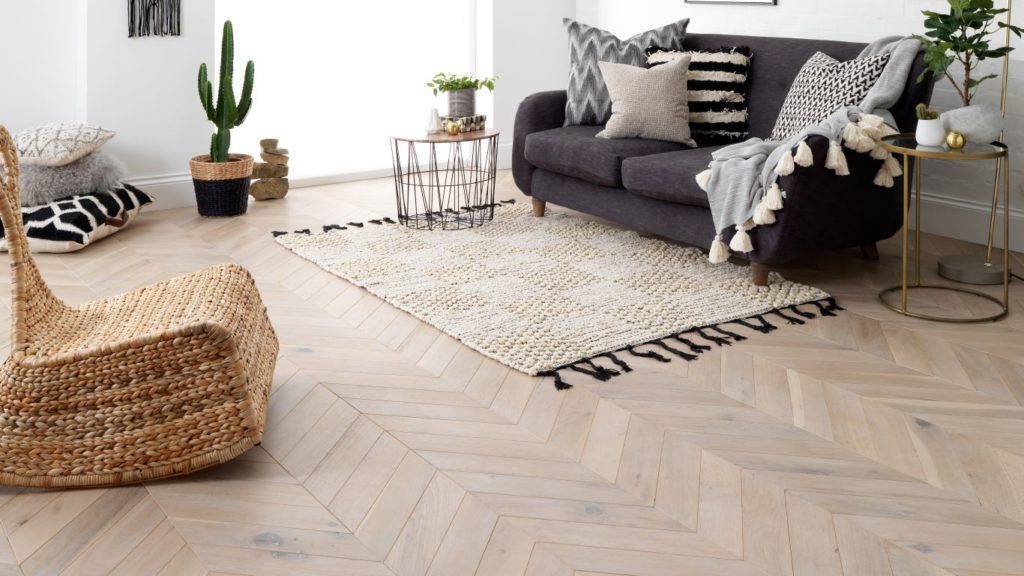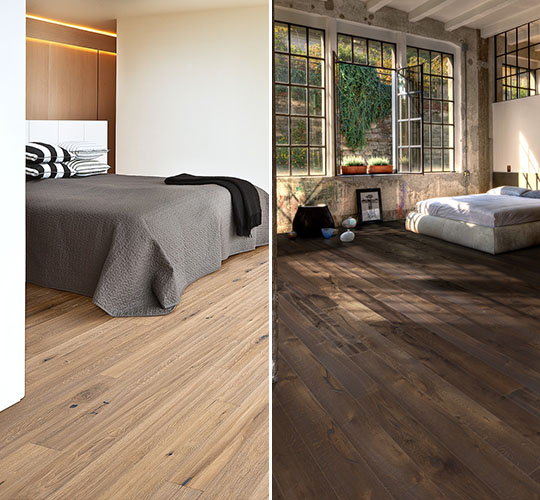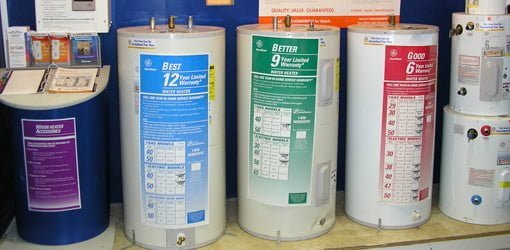Hunting Racoon A Change Of Pace
A Guide for Choosing an Ethical and Humane Wildlife Control Company
WILDLIFE REMOVAL companies are not government licenced. Without any form of regulation governing the needed requirements to start a wildlife control business, homeowners are being exposed to fear mongering, incompetent advice, poor workmanship, health and safety issues and inhumane treatment of wildlife. The following guide will assist the townhouse homeowner, manager and board in choosing an ethical and humane wildlife control company.
Request a referral contact from your local animal welfare (Humane Society, OSPCA, etc.) or animal care and control agency to obtain a referral for a humane wildlife removal company. These organizations should also be able to give information on the few legal stipulations governing wildlife removal in Ontario.
Knowledge of wildlife. Ask the wildlife removal operator to describe the lifecycle of the animal causing the problem. An experienced operator will have an in-depth knowledge of the intruding animal’s biology and behaviour at that particular time of year
Years in Business. Make sure the company has been in business for more than five years. This inquiry is not to be confused with how many years in the pest control business, since controlling insects is very differ- ent from controlling wildlife.
Insurance Coverage. Be very sure that the company has at least a two million dollar business liability insur- ance policy and the employees are covered by the Work- ers Safety Insurance Board. Verifying this will protect you from any personal liability claim.

Choosing a wildlife control company
If you need to hire a wildlife removal professional, here’s how to find one that uses humane, effective practices
With the right information and supplies, you may be able to solve some conflicts with wildlife by yourself. But when it’s time to call in a professional, here’s how to find a humane, effective and ethical company.
ask for an inspection and written estimate
It will be difficult for any company to assess and price the job over the phone, but they should be able to give you a rundown of their services and fees. Any fee for the on-site inspection should apply toward the work that is contracted
Get specifics on how the problem and the animals will be handled
Request specific details about how the intrusion or problem will be resolved and how the animal(s) will be treated. Will the animal be killed, and if so, why? Are there offspring that will be orphaned or abandoned? Will the method used resolve the problem for the long-term?
Insist on humane techniques
If an animal is inside a structure, insist on the use of guaranteed eviction/exclusion strategies, such as one-way doors and/or hands-on removal and reunion of families that will ultimately lead to their release outside of the structure.
Prevent a recurrence of the problem
Make sure that the company provides a full range of animal-proofing/exclusion services that carry at least a one-year guarantee against re-entry. The job is not complete until the identified access points have been effectively refitted with exclusion material that will stand up to challenge by wildlife.

Raccoons
More and more, we are hearing about raccoons in the NY and NJ areas and the dangers associated with these “cute” creatures. These trash-eating animals are not just nuisances. They are dangerous and destructive, and have been linked to an increasing number of rabies cases among children who are bitten by these friendly-looking animals. Like other pests, they love to nest in attics and other storage spaces in homes and commercial properties. And when left unchecked, they can cause extensive damage
What should I do if I see a raccoon on my property during the day?
Stay away! Raccoons only come out during the day if there is something wrong (they are starving or have rabies). Call a raccoon professional to immediately remove them from your property and ensure your safety
Where do raccoons live?
Raccoons can live in a lot of different places in and around your home, such as: attics, chimneys, crawl spaces, roofs, vents, ducts, and even between your walls
How do you get rid of raccoons?
One of the best non-lethal ways to get rid of raccoons is by trapping them and setting them free far from your home. We do not recommend doing this yourself as it puts you and anyone in your home in danger of being attacked by the raccoon. Contact us today to learn how we can help trap and stop your raccoon problem!

Raccoon
Highly intelligent and curious creatures, this nocturnal pest can quickly become a nuisance to any homeowner or property owner. Raccoons have incredible dexterity, allowing them to open doors, jars, bottles, and latches. They communicate with each other using over 200 different sounds and 12-15 different calls.
Diet
Raccoons are omnivores and stick to a balanced diet of plants, insects, and small mammals. Some food sources include beetle larvae, berries, nuts, apples, fungi, earthworms, crayfish, pet food, mice, rabbits, and squirrels. Gardens, especially ones containing sweetcorn, are another prime target for the pests. In urban areas, where their natural food sources are limited, raccoons are notorious for scavenging trash and compost.
Habitat
Raccoons are extremely adaptable. Typically, raccoons live in heavily wooded areas near trees, water, and abundant vegetation, making their dens in the hollow parts of trees or abandoned burrows. In suburban and urban areas, they make their homes in man-made structures like attics, sewers, barns, and sheds.
Life Cycle
Raccoon mating season starts in late winter and stretches to the late spring months. Females will mate with several males before the season is over. As raccoons prefer to dwell in dens and similar spaces, they often settle in rock crevices, tree cavities, caves, farm buildings, storm sewers, hollow logs, and chimneys to give birth and raise the young. An average raccoon litter produces three to five offspring, though the mammal is capable of having up to seven cubs at a time. The gestation period lasts about 63 days, and it takes another two to four months to wean the cubs. Mothers are very protective of their young until they separate after about a year. Adults live in loose-knit communities of four or five raccoons for better protection against predators. Raccoons have been known to live for 17 years, though few live past six years of age due to the many dangers and potential problems encountered in the wild.
Signs of Infestation
Yard Damage: Overturned turf as a result of grubbing
Crop Damage: Chewed sweet corn, hollowed-out watermelons
Sightings: The sighting of an adult raccoon
Odor: Unpleasant odors produced by urine and feces
Property Damage: Damage to shingles, rooftop ventilators, or attic insulation
Trash: The disruption of trash cans usually indicates the presence of the pest

Raccoon removal
A raccoon is small, with gray fur, and the famous “black mask” across their eyes. They often have bushy tails that alternate between black and gray stripes. This mask and their cat-like appearance has made many people consider raccoons “cute,” but the fact remains that raccoons are wild animals and they can cause damage to property, pets and people.
Raccoons are unique than other urban animals because they are renowned for their cleverness, often able to do things like lift and remove lids from garbage cans. They also have very dexterous, with paws that resemble five-fingered hands, that allow them to open jars and even doorknobs.
What do raccoons eat?
Raccoons are omnivores, which means they eat just about anything. They love to eat fruit and nuts and plants, but they also have teeth designed for tearing and chewing so they are more than happy to eat meat.
Raccoons will open garbage cans or and dig into containers to get food. They can also pry off roof shingles to seek shelter.
Raccoon damage
Property damage caused by raccoons is most commonly due to their desire to get to food and seeking shelter. A raccoon will often try to find shelter in attics and other areas in your home. A mother raccoon and her kits have been known to pry up roofing tiles to get access into a home. Once inside a home, raccoons will leave behind urine and feces.




